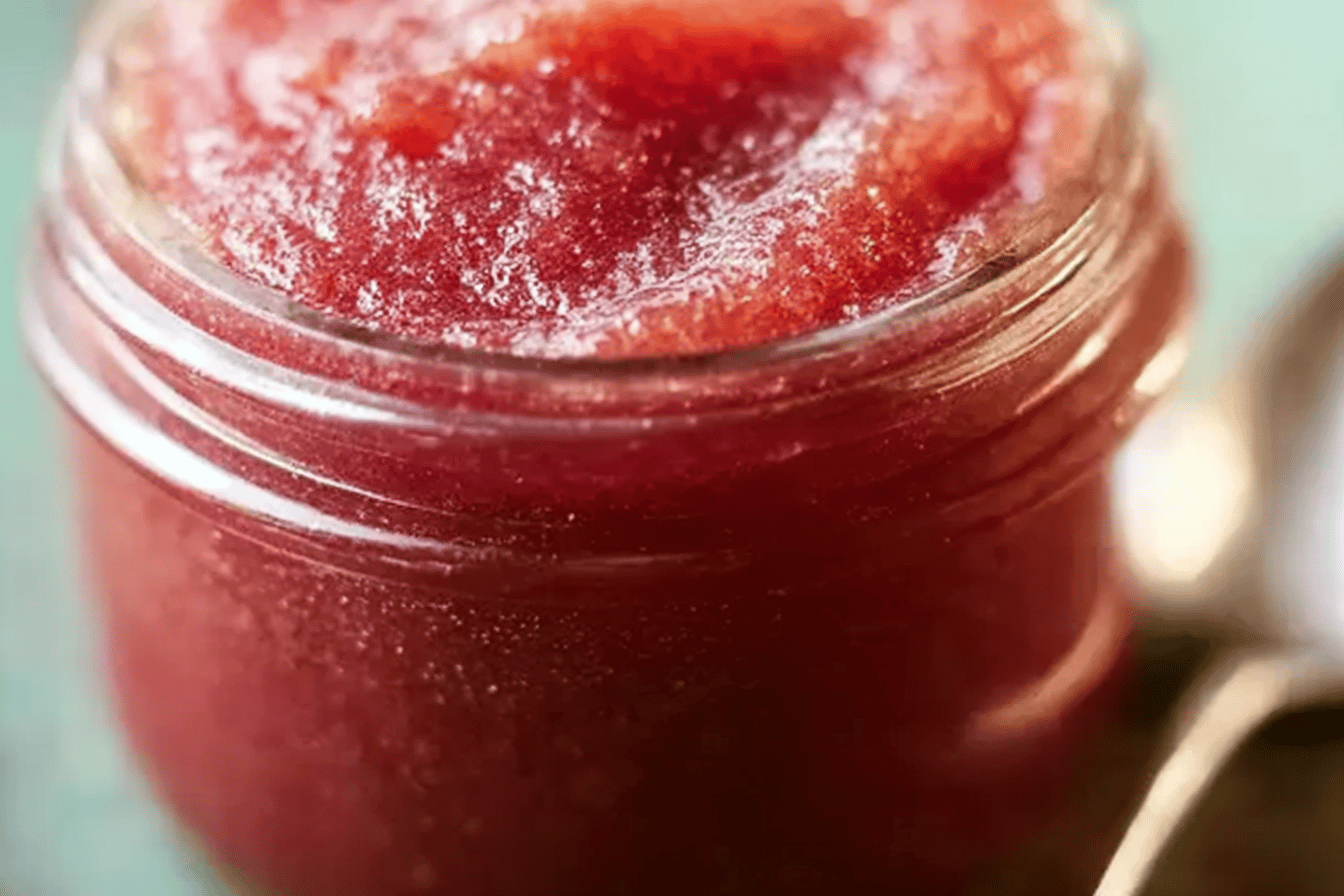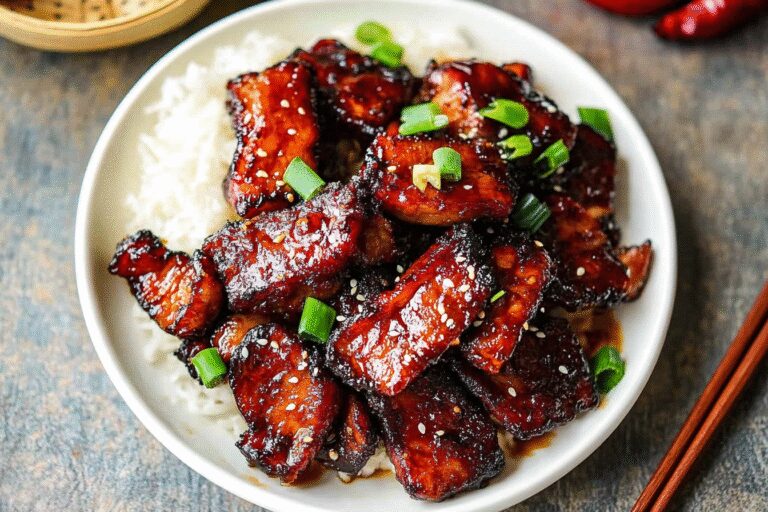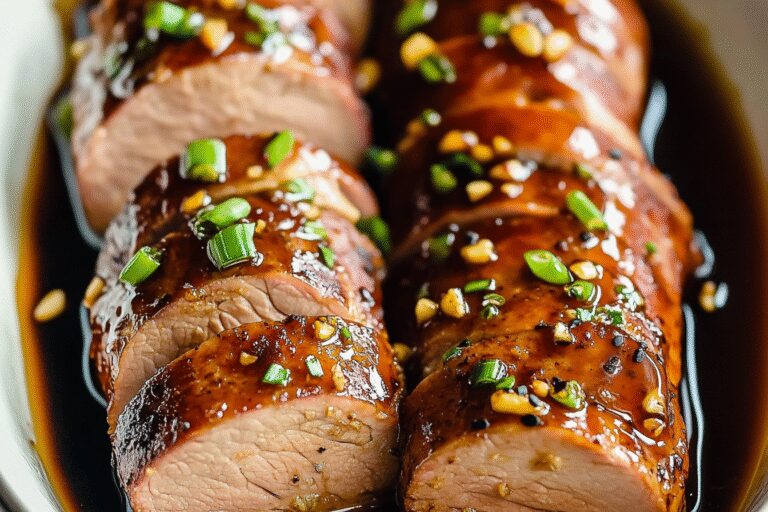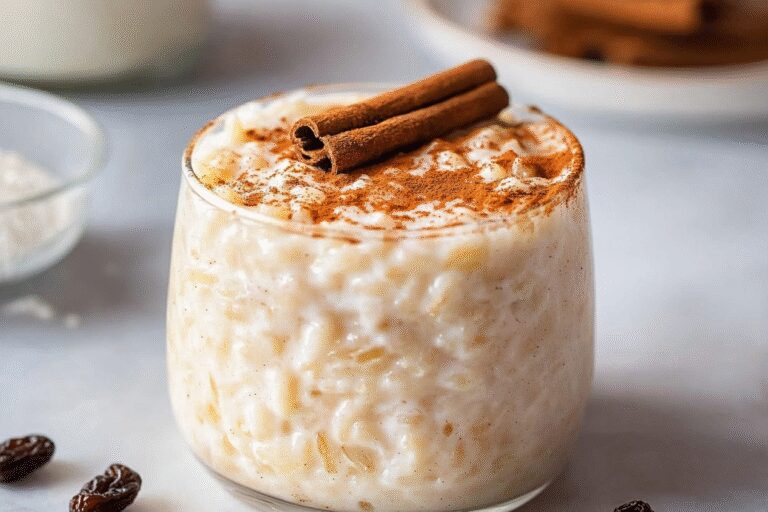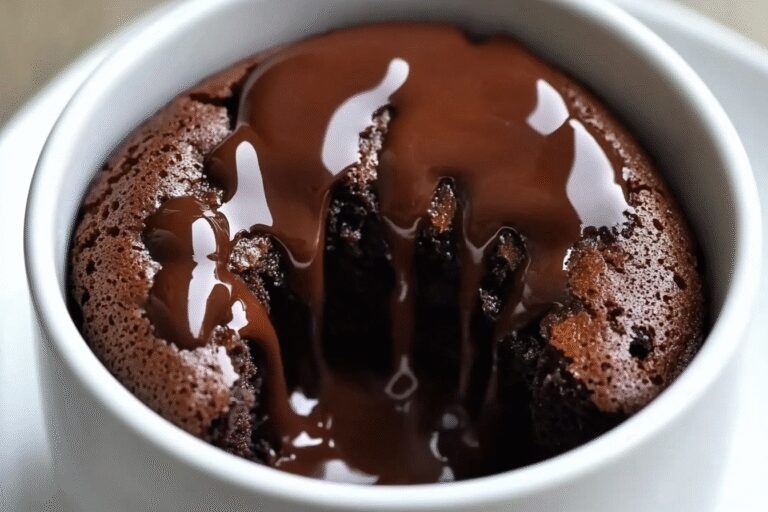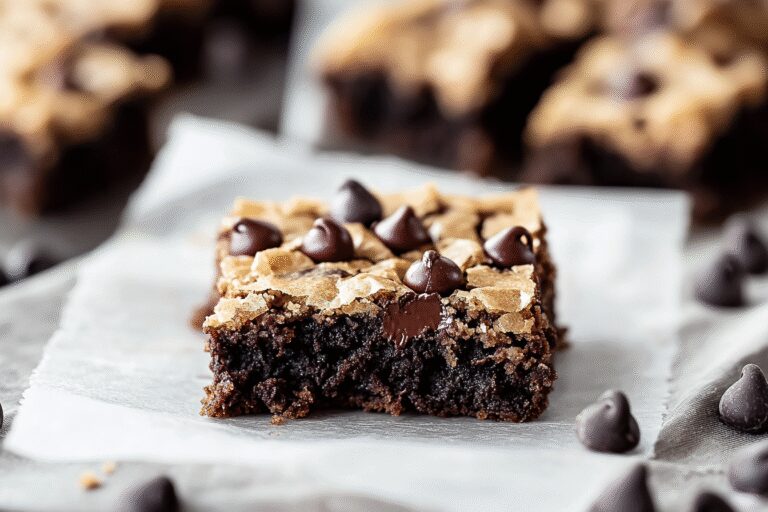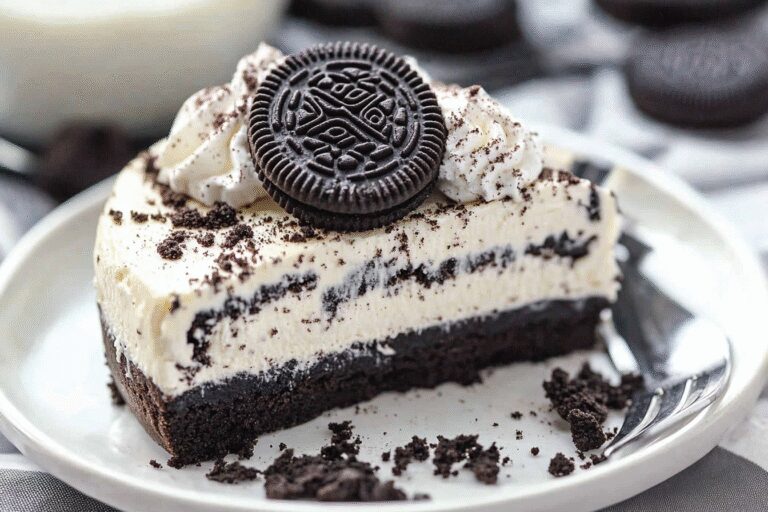Rhubarb Butter Recipe
Introduction
Rhubarb butter is a delightful way to enjoy the distinct tangy flavor of rhubarb in a smooth, spreadable form. This recipe offers a simple and delicious way to turn the sharpness of rhubarb into a rich treat that pairs perfectly with toast, scones, or even yogurt. Whether you’re a fan of preserves or looking for creative ways to use up rhubarb, this rhubarb butter recipe is sure to be a hit in your kitchen.
What Makes Rhubarb Butter Special?
Turning fresh rhubarb into a creamy butter allows its natural tartness to shine while blending beautifully with sugar and spices for a unique and versatile spread.
Detailed Ingredients with Measures
To make this luscious rhubarb butter, you’ll need the following ingredients:
• Fresh rhubarb stalks, trimmed and cut into small pieces
• Granulated sugar, to balance the tartness
• A splash of water to aid in cooking
• Lemon juice for added brightness
• Optional spices like cinnamon or nutmeg for subtle warmth
These simple ingredients come together for a beautifully balanced flavor that’s both sweet and tangy.
Prep Time
Before diving into the cooking process, you’ll need to prepare the rhubarb. Trim the ends of the stalks and cut them into evenly sized pieces. This ensures even cooking and a smooth consistency. Total prep time for this recipe is typically minimal and perfect for home cooks of any skill level.
Cook Time, Total Time, Yield
The cooking process for rhubarb butter is straightforward and rewarding. Combine the rhubarb, sugar, and water in a pot, then simmer gently until the rhubarb breaks down completely. This usually takes about 20-30 minutes, depending on your stove and heat level. Once cooked, it can be blended for a smoother consistency or left slightly chunky for a more rustic texture.
In total, the recipe takes less than an hour from start to finish and yields a jar or two of creamy rhubarb butter, depending on the amount of rhubarb you choose to use. It’s an easy and efficient way to create something utterly delicious.
Enjoy your freshly made rhubarb butter as a spread, a topping, or even stirred into baked goods for extra flavor. This simple recipe is sure to become a favorite for rhubarb lovers everywhere.
“`html
Detailed Directions and Instructions
Step 1: Prepare the Rhubarb
Wash the rhubarb stalks thoroughly to remove any dirt or debris. Trim off both ends of the stalks and discard any tough or damaged portions. Slice the rhubarb stalks into small pieces, roughly 1-inch in length. Set aside.
Step 2: Cook the Rhubarb
In a thick-bottomed saucepan, combine the prepared rhubarb with sugar. Stir to coat the rhubarb pieces evenly with the sugar. Place the pan over medium heat and allow it to cook gently. Stir occasionally to prevent sticking and burning.
Step 3: Allow the Mixture to Break Down
As the rhubarb and sugar cook, the rhubarb will start to break down and release its juices. Allow the mixture to simmer and reduce for approximately 20-25 minutes. Continue stirring periodically to ensure it cooks evenly. The texture should become smooth and slightly thickened during this stage.
Step 4: Blend or Mash (Optional)
If you prefer a smoother texture for the rhubarb butter, you can use an immersion blender or transfer the mixture to a blender to puree it. Alternatively, you can use a potato masher to break it down further while still maintaining some texture. Skip this step if you’d like a chunkier texture.
Step 5: Adjust Sweetness and Add Lemon Juice
Taste the rhubarb butter and adjust the sweetness by adding more sugar gradually, if necessary. Stir well to incorporate. Add a small amount of lemon juice to enhance the flavor and balance the sweetness. Mix thoroughly.
Step 6: Jar and Store
Once the rhubarb butter has reached your desired consistency and flavor, remove it from the heat. Allow it to cool slightly before transferring it to sterilized jars. Store the jars in the refrigerator for up to two weeks or follow proper canning procedures for longer storage.
Notes
Note on Rhubarb Stalks
Ensure you only use the stalks of rhubarb, as the leaves are toxic and should not be consumed. Discard the leaves completely before prep.
Note on Sweetness
The amount of sugar required may vary depending on the tartness of the rhubarb and your personal preference. Always adjust the sweetness to taste during the cooking process.
Note on Texture
You can leave the butter chunky or make it smooth depending on your preference by either skipping or following the blending step.
Note on Storage
If canning, follow proper sterilization techniques and processing times to ensure the rhubarb butter is safely preserved for long-term storage.
Note on Flavor Variations
Consider adding spices such as cinnamon or ginger to the rhubarb butter during cooking to give it a unique twist and enhance the flavor profile.
“`
Cook Techniques
Preparing the Rhubarb
Rinse the rhubarb stalks thoroughly under cold water to remove any dirt. Trim the ends and cut the stems into evenly sized pieces for consistent cooking.
Cooking the Butter
Combine the rhubarb with other ingredients in a heavy-bottom saucepan over low to medium heat. Stir occasionally to ensure nothing burns at the bottom and everything blends well.
Reducing to the Right Consistency
Monitor the mixture as it cooks down, stirring periodically. Allow it to reach a smooth, spreadable consistency before removing it from the heat.
Storing Your Rhubarb Butter
Once the butter has cooled, store it in clean, airtight containers. Refrigerate for prolonged freshness or preserve using sterilized jars if long-term storage is preferred.
FAQ
How long will rhubarb butter last in the fridge?
Rhubarb butter can last in the fridge for up to a couple of weeks when stored in an airtight container.
Can I freeze rhubarb butter?
Yes, rhubarb butter freezes well. Use freezer-safe containers or bags, leaving some space to account for expansion.
Can I use frozen rhubarb to make rhubarb butter?
Absolutely, frozen rhubarb can be used. Make sure to thaw and drain any excess water before cooking.
What can I use rhubarb butter for?
Rhubarb butter is versatile. It can be spread on toast, used as a topping for pancakes, or even incorporated into baked goods.
Do I need to add sugar to the rhubarb butter?
Sugar helps balance the natural tartness of rhubarb, but you can adjust the sweetness to your taste or use alternative sweeteners if preferred.
Can I add spices to the rhubarb butter?
Yes, spices like cinnamon, nutmeg, or ginger can be added for extra flavor. Adjust the quantity to suit your preference.

Conclusion
Rhubarb Butter is a delightful and versatile spread that brings a tangy flavor with a hint of sweetness to your meals. Whether enjoyed on toast, paired with savory dishes, or used as a filling for desserts, this recipe is a simple and creative way to make use of fresh rhubarb. Its unique flavor and texture are sure to become a favorite in your kitchen.
More recipes suggestions and combination
Rhubarb Jam
Try another version of rhubarb in the form of a jam. Perfect for sweetening your morning routine or complementing baked goods.
Rhubarb Pie Filling
Use rhubarb butter as a filling in pies to add a tangy twist to traditional desserts.
Rhubarb Smoothies
Incorporate rhubarb butter into your smoothies for a fruity and flavorful boost.
Rhubarb Tarts
Spread rhubarb butter over tart shells and top with whipped cream or fresh fruits for a delightful treat.
Rhubarb Sauce for Savory Dishes
Pair rhubarb butter with chicken or pork dishes as a tangy sauce to enhance flavors.
Rhubarb Cocktails
Mix a spoonful of rhubarb butter into cocktails for a unique, tangy addition to your drinks.
Rhubarb Yogurt Parfaits
Layer rhubarb butter in a parfait with yogurt and granola for a delightful breakfast or snack.
Rhubarb Ice Cream Topping
Drizzle rhubarb butter over vanilla ice cream for a sweet and tangy dessert topping.
Rhubarb Pancake Syrup
Thin out rhubarb butter to use as a syrup for pancakes or waffles.

